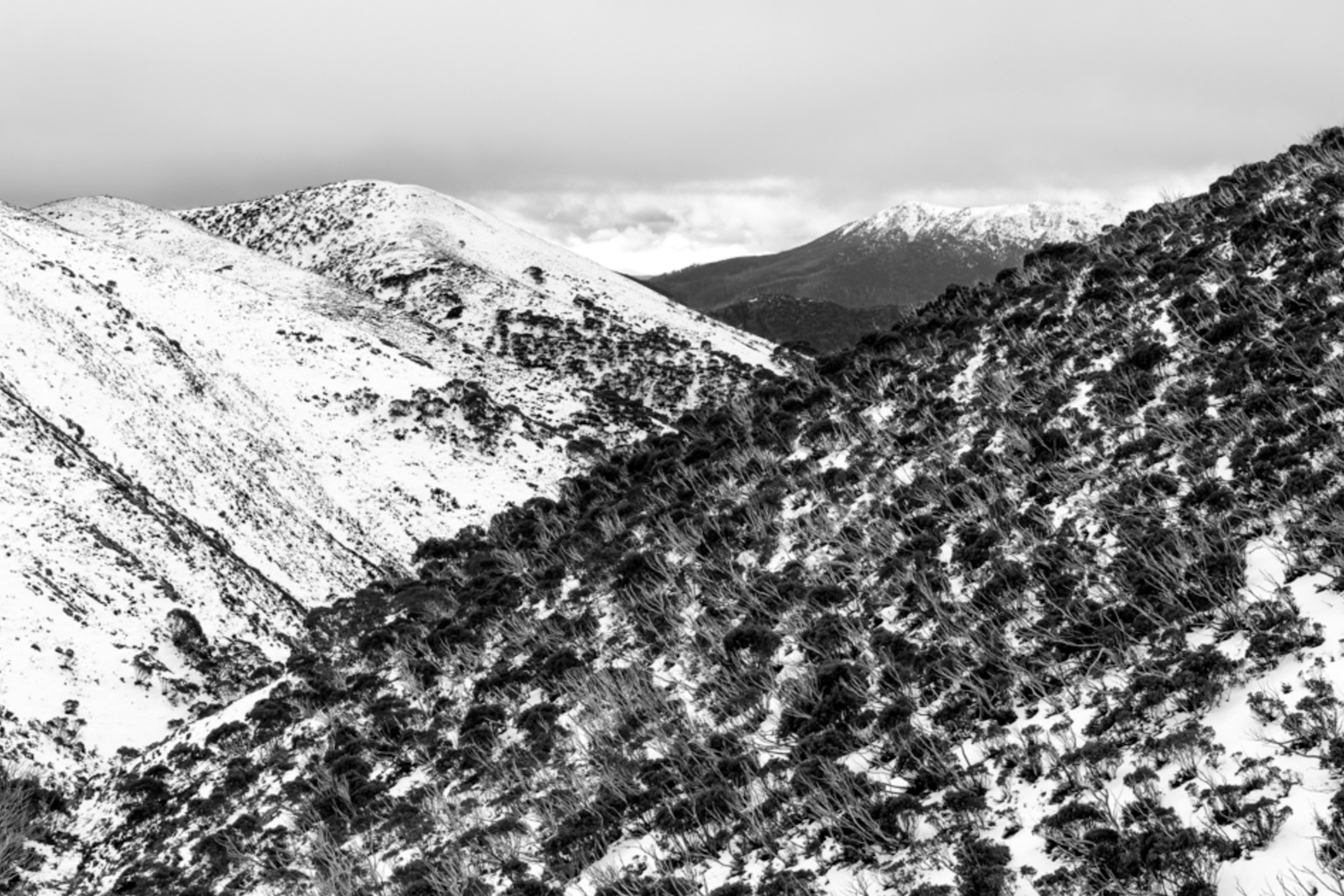()
My first week at Bogong Centre for Sound Culture [B–CSC] has entailed becoming familiar with the surrounding environments of Bogong Village and the wider Alpine Region of North East Victoria. Going for walks with the co-director, Madelynne and her dog Archie has been
an enlightening experience of discussing ideas and learning about the rich history of the Bogong Village. It has been a compelling experience living in a remote part of the Alpine region. Staying in a village that is in hibernation mode.
In 1938 Bogong Village was built to house the workers of the Kiewa Hydroelectric Scheme. In the 1990s, it became a holiday destination for tourists. Now the holiday cabins sit empty and are falling into disrepair. Presently, only two residents remain in the village. On our daily walks around the village, what has stood out most is the remnants of human occupation left behind by the cabin owners. When wandering the streets, it feels like a ghost town. For example, beds remain made, furniture sits in place, old appliances gather dust. Leaving your imagination to contemplate what life was like for the people who occupied these cabins.
Another enjoyable aspect of the residency has been sharing ideas over meals and a glass of wine with Madelynne and visitors. It provided a way to connect with Bogong Village and allowed new connections to emerge during my stay. Eating wild venison from the local area, delivered from the gardener, really felt like I was part of the mountain community and living off the land. I've sighted deer striding through the village and sometimes encountered them along the road at night. I had never heard their call before coming to Bogong Village. One rainy evening I stepped out of my cabin and heard a loud fog horn sound; it was the call of a roaring stag positioned on the batter in front of the B–CSC.
The reason for undertaking the residency is to document the dieback of snow gums in the Alpine Region. I had read an article earlier in the year about a team of scientists trying to understand why this dieback was occurring so rapidly. This subject is relevant to my art practice of documenting human-induced climate change and its effect on biodiversity and habitat loss. I have always loved seeing snow gums when visiting Mount Kosciuszko or mountainous areas, especially seeing them after rain. Their colours would glisten and be striking to the eye.
The residency gave me a chance to participate in the Save our Snowgum project, https://www.saveoursnowgum.org/. A citizen science survey recording occurrences of dieback. The data collected will provide scientists with a greater understanding of the underlying reasons for the snow gums susceptibility to the wood-boring longicorn beetle infestations that kill the trees. The beetle larvae essentially ring-bark the tree, and the tree's canopy gradually declines in health and die. My research has entailed departing early for epic drives to Dinner Plain via Mt Hotham, along the Great Alpine Road. It is a spectacular drive up the mountain through fire-affected areas from the 2013 Harrietville bushfires. Dead trees stick out of the regenerating forests like ghosts from the past. It has been sad to witness ecological disasters first-hand. How can artists respond to these calamitous events occurring before our very eyes aesthetically, to encourage greater care and responsibility towards the natural environment?
